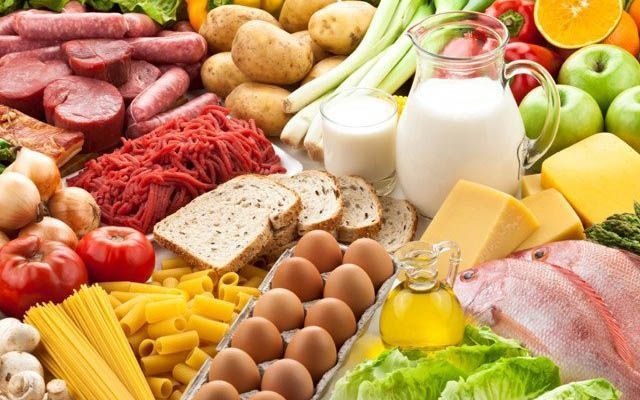Increasing Diet Satisfaction Among Consumers Despite Economic Challenges
Source: The DairyNews
According to the latest April 2024 Consumer Food Insights Report, there has been a notable increase in consumer satisfaction with their diets, rising from 81% in January 2024 to 87% last month.

This improvement comes despite recent concerns over food inflation, highlighted by the report from Purdue University’s Center for Food Demand Analysis and Sustainability.
The report reveals a disparity in dietary satisfaction between urban and rural consumers, possibly linked to varying food insecurity rates documented over the past 28 months. Urban households show a lower rate of food insecurity (14%) compared to their rural counterparts (22%), as analyzed by the Purdue team from a survey of 1,200 U.S. consumers.
Joseph Balagtas, the report’s lead author and professor of agricultural economics, noted the challenges faced by rural areas, including higher poverty rates and difficulties in affording nutritious food. The survey also explored consumer behavior related to store choices, identifying differences in accessibility and preferences for food store formats between rural and urban residents. Rural areas have better access to superstores and dollar stores compared to urban areas, which have greater access to club stores.
Elijah Bryant, a survey research analyst at CFDAS, shared insights into consumer priorities when shopping for groceries. Price, food selection, and fresh produce availability were the top attributes valued by consumers, with price being the most critical factor, especially among rural shoppers.
The report also touched on spending trends, noting an increase in average weekly food expenditures to $202 last month, a significant rise from the previous years. Additionally, it discussed the static food inflation rate and differing perspectives on agriculture's role in climate change between urban and rural consumers.
This comprehensive analysis by the Center for Food Demand Analysis and Sustainability at Purdue offers valuable insights into consumer behavior and food system dynamics, aiming to inform and improve food-related policies and practices.
The report reveals a disparity in dietary satisfaction between urban and rural consumers, possibly linked to varying food insecurity rates documented over the past 28 months. Urban households show a lower rate of food insecurity (14%) compared to their rural counterparts (22%), as analyzed by the Purdue team from a survey of 1,200 U.S. consumers.
Joseph Balagtas, the report’s lead author and professor of agricultural economics, noted the challenges faced by rural areas, including higher poverty rates and difficulties in affording nutritious food. The survey also explored consumer behavior related to store choices, identifying differences in accessibility and preferences for food store formats between rural and urban residents. Rural areas have better access to superstores and dollar stores compared to urban areas, which have greater access to club stores.
Elijah Bryant, a survey research analyst at CFDAS, shared insights into consumer priorities when shopping for groceries. Price, food selection, and fresh produce availability were the top attributes valued by consumers, with price being the most critical factor, especially among rural shoppers.
The report also touched on spending trends, noting an increase in average weekly food expenditures to $202 last month, a significant rise from the previous years. Additionally, it discussed the static food inflation rate and differing perspectives on agriculture's role in climate change between urban and rural consumers.
This comprehensive analysis by the Center for Food Demand Analysis and Sustainability at Purdue offers valuable insights into consumer behavior and food system dynamics, aiming to inform and improve food-related policies and practices.
Key News of the Week











